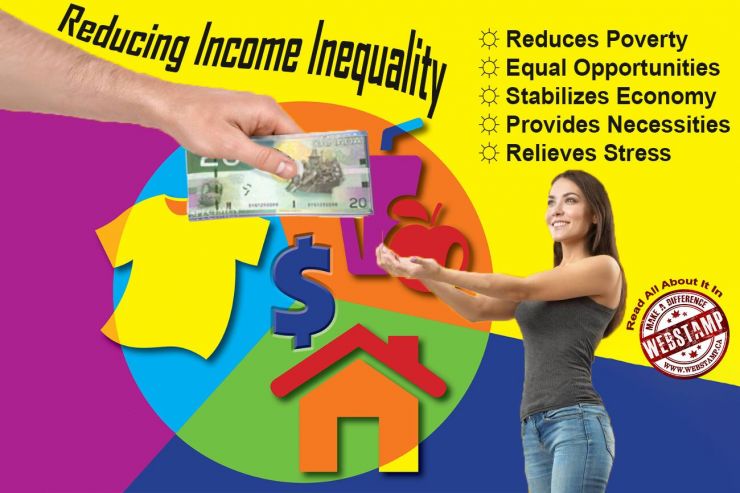WebStamp November 25, 2020
Equalizing The Income Catastrophe
After the last century’s Great Depression there was a decade of extraordinary wage compression where the economic inequality between the rich and poor declined. The Great Compression was an aggressive move with government intervention in the private sector and disruptions to capital holdings that reduced upper-class wealth and funnelled resources to the workers. This equalization of income continued until the 1970s when tax laws changed to benefit the wealthy.
According to Prof. Peter Turchin of Ecology and Evolution at the University of Connecticut and Vice-President of the Evolution Institute in his and Sergey Nefedov’s book, Secular Cycles (2009), that there is a repeated back-and-forth swing in a demographic, economic, social, and political structures cycle period of two to three centuries. Many factors are affecting the cycle but history has shown that political instability and disasters instigate reforms that ensure a more equitable distribution of economic growth.
So, how do we fix income inequality? According to several economists and directors of the Canadian Centre for Policy Alternatives (CCPA) there are many ways to reducing income inequality. They suggest we need to shift the balance of power between workers and employers within our society so that more income goes to wages and less to profits. Rob Rainer, executive director of Canada Without Poverty, says we need to replace the current approaches to social security by implementing a basic income system.
Many who are concerned with income inequality suggest reforming the tax system so the rich pay their fair share of taxes by eliminating tax breaks for the wealthy and corporations and closing the tax loopholes. It is also suggested that by providing accessible and affordable, or even free, child care, education, and health care would reduce income inequality. With everyone getting their fair share of the wealth there would be fewer worries on providing the basic necessities to live and more time for everyone to enjoy life.
Many organizations are working towards reducing inequalities including income. The European Commission’s 10th Sustainable Development Goal (SDG10) aims to reduce inequalities based on income, sex, age, disability, sexual orientation, race, class, ethnicity, religion and opportunity worldwide by 2030. Locally we have the Calgary Social Policy Collaborative (SPC) group working together to the development and implementation to improving the economic and social well-being of all Albertans.
Today's economics are dictated by a capitalist system where it provides a profit motive for sellers to exploit human desires for personal gain. Instead of a society where all work to improving oneself and other’s wellbeing with equal opportunity and resources, our key motivators to exist (status symbol) are to toil gaining wealth and possessions. It is non-productive to exploit resources for society's arrogance.
Most people say it will never happen where we have an equal opportunity economic system. It will only change if people speak up. There have been many social movements that have made a difference in reducing inequality from the feminist movement to the current black lives matter. Be part of the M.A.D. Movement and Make A Difference reforming our economic system to one that is equal to all. If you have any ideas on developing an equal opportunity economic system inform Calgarians comment your 2¢ worth below.
Articles in this Issue
WebStamp November 25, 2020
References:
https://en.wikipedia.org/wiki/Great_Compression
https://aeon.co/essays/history-tells-us-where-the-wealth-gap-leads
https://behindthenumbers.ca/2012/06/06/how-to-fix-income-inequality/
https://alliance2030.ca/meet-three-canadian-organizations-working-to-achieve-economic-justice/
https://www.vox.com/2016/5/23/11704246/wealth-inequality-cartoon
http://www.rationalrevolution.net/articles/capitalism_culture.htm







